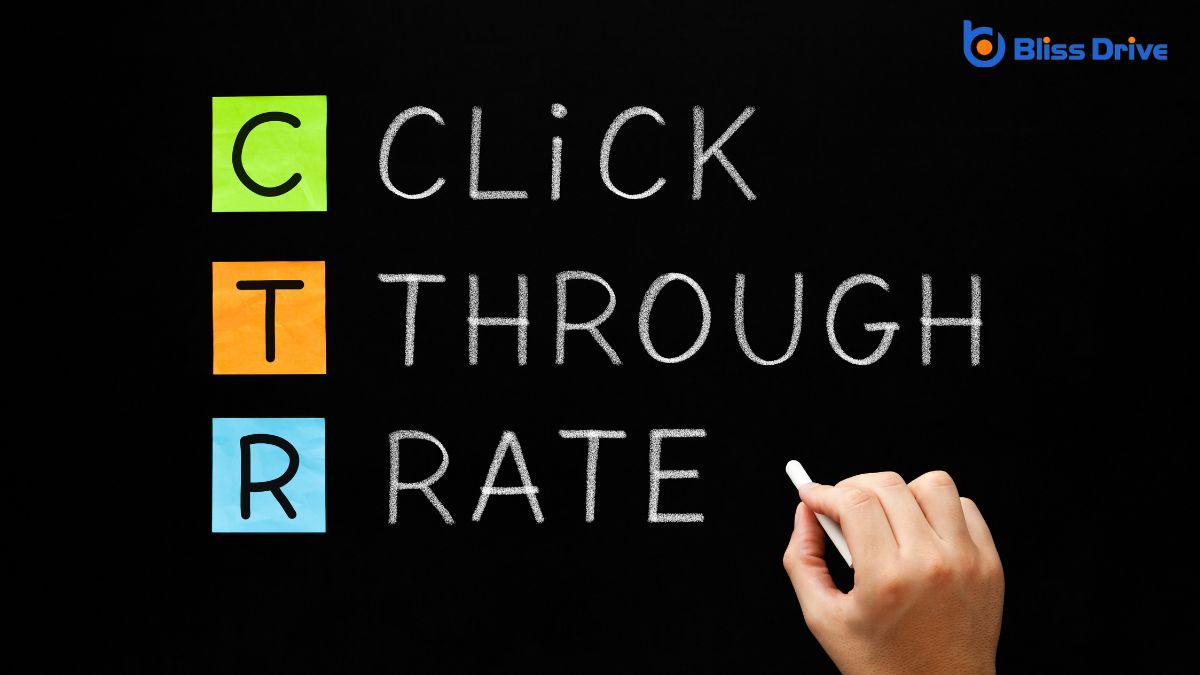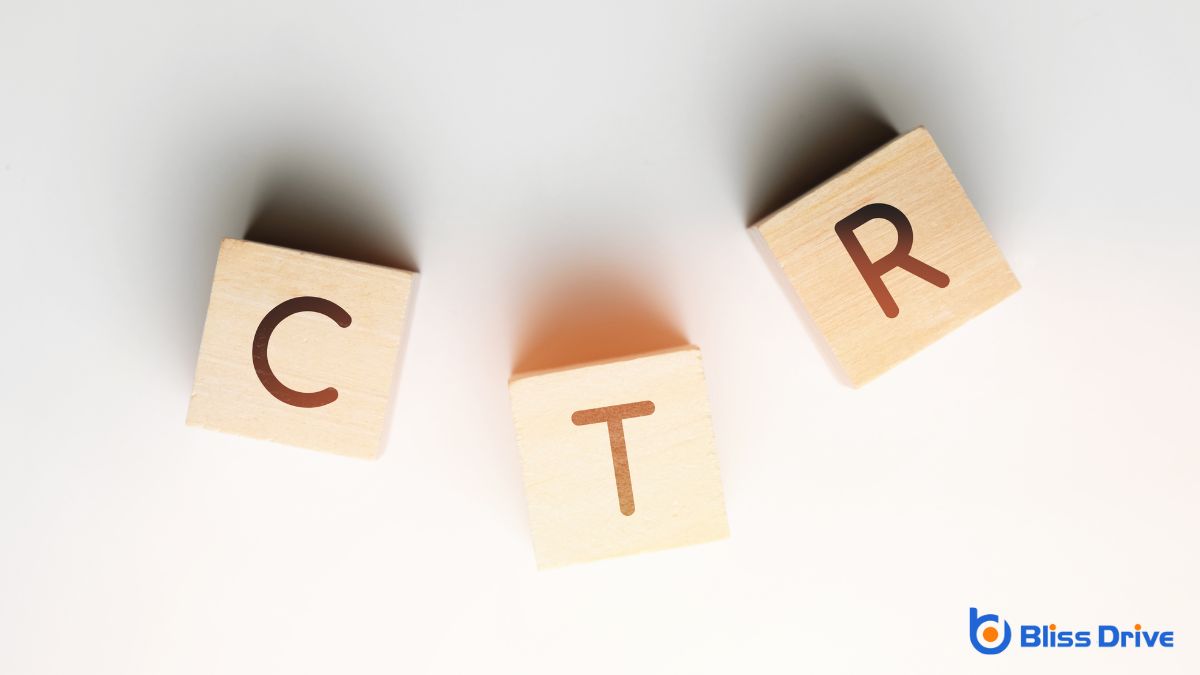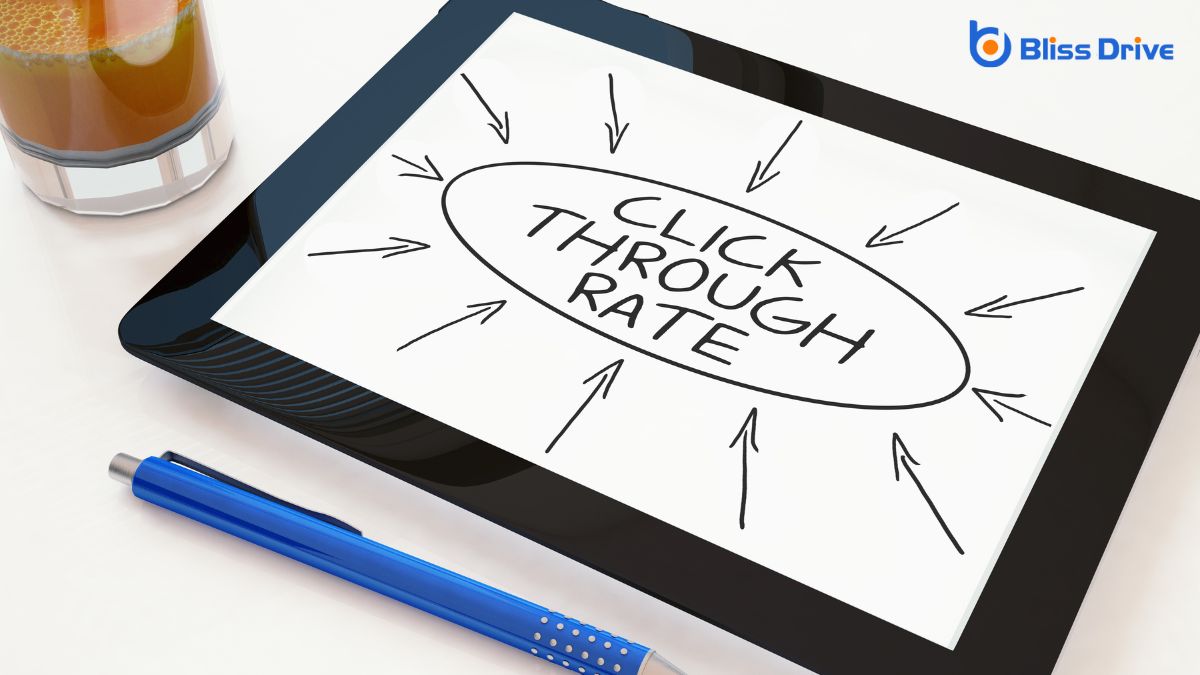Digital Marketing Services
Learn More About Us

You've likely heard that color influences behavior, but have you ever considered how this impacts your call-to-action (CTA) buttons? Testing CTA colors for conversions isn't just a trendy marketing tactic—it's grounded in psychology and data analysisThe process of inspecting, cleaning, transforming, and modeling data to discover useful information..... By tweaking hues, you can potentially boost click-through rates and conversions. Curious about how different colors might affect your audience's actions? There's more to uncover that could transform your approach.

When you consider the impact of colors on user psychology, it's clear they play an essential role in influencing emotions and decisions.
Colors evoke specific feelings and associations, which can affect how users perceive your brand and interact with your content. For instance, blue often symbolizes trust and calmness, making it a popular choice for financial institutions. Red, on the other hand, can signal urgency or excitement, potentially driving users to take immediate action.
Understanding these nuances allows you to select colors that align with your desired message and audience's emotional triggers.
Although it might seem straightforward, choosing the right color for your Call to Action (CTA)A prompt that encourages users to take a specific action, such as "Buy Now" or "Sign Up." buttons is a science that involves careful testing and analysis. You can't rely on intuition alone; instead, you need to employ A/B testing to compare different colors and measure their impact on conversions.
By isolating variables, you gain insights into how each color influences user behavior. Keep in mind that your audience's cultural background and personal preferences can affect how they perceive colors.
Use data analyticsThe systematic computational analysis of data or statistics to gain insights and support decision-ma... to track click-through rates and conversion metrics, identifying which colors drive the most engagementThe interactions that users have with a brand’s content on social media.. Don’t guess—test! This scientific approach helps you make data-driven decisions, ensuring your CTAs are as effective as possible in capturing attention and driving action.
To maximize the effectiveness of your Call to Action (CTA), you must understand the key factors that can make or break its impact.
First, clarity is essential. Your CTA should clearly communicate what action you want users to take. Ambiguity can leadA potential customer referred by an affiliate who has shown interest in the product or service but h... to confusion and missed opportunities.
Next, consider the placement. A strategically positioned CTA catches attention and encourages clicks. It should be easily visible without overwhelming your content.
Additionally, the wording matters. Use compelling, action-oriented language that inspires urgency or excitement.
Finally, consistency with your brand’s message and design guarantees your CTA feels like a natural part of your content.
Exploring real-world case studies offers invaluable insights into how different CTA designs can influence conversions.
Imagine you've got a website with a blue CTA button. One day, you decide to test a bold red button instead. This isn’t just a hypothetical scenario; companies have seen conversion rates jump by simply changing button colors.
For instance, HubSpot famously increased conversions by 21% by switching from a green to a red CTA. It’s about understanding human psychology: red can evoke urgency and grab attention.
Another case showed that a contrasting color can outshine a brand color if it stands out more.
While color is a powerful tool in your design arsenal, it works best when harmonized with other design elements. To create an effective CTA, consider these key aspects:
Although choosing the right color for your CTA is crucial, it’s important to test how these colors perform in real-world scenarios.
You can use A/B testing tools like Google Optimize or Optimizely to compare different CTA colors on your page. These tools let you create variations of your CTA, randomly showing them to different visitors. Track which color leads to more conversions.
HeatmapA graphical representation of data where values are depicted by color, often used to show user behav... tools like Hotjar or Crazy Egg can also provide insights into user behavior. They show you where users click the most, helping you see if your CTA grabs attention. Use these insights to refine your strategy.
Always make sure you test one element at a time to clearly understand its impact on conversions.

Once your tests are complete, how do you effectively evaluate the results and make informed decisions? Start by focusing on the data you've gathered. Here’s how to proceed:
To sum up, you should definitely test CTA colors for conversions to make the most of your marketing efforts. By understanding the role of color in user psychology and leveraging real-world insights, you'll optimize your CTAs for better results. Don't forget to balance color with other design elements and use the right tools and methods for testing. By evaluating results carefully, you can make informed decisions that drive higher conversion rates and improve your overall strategy.
